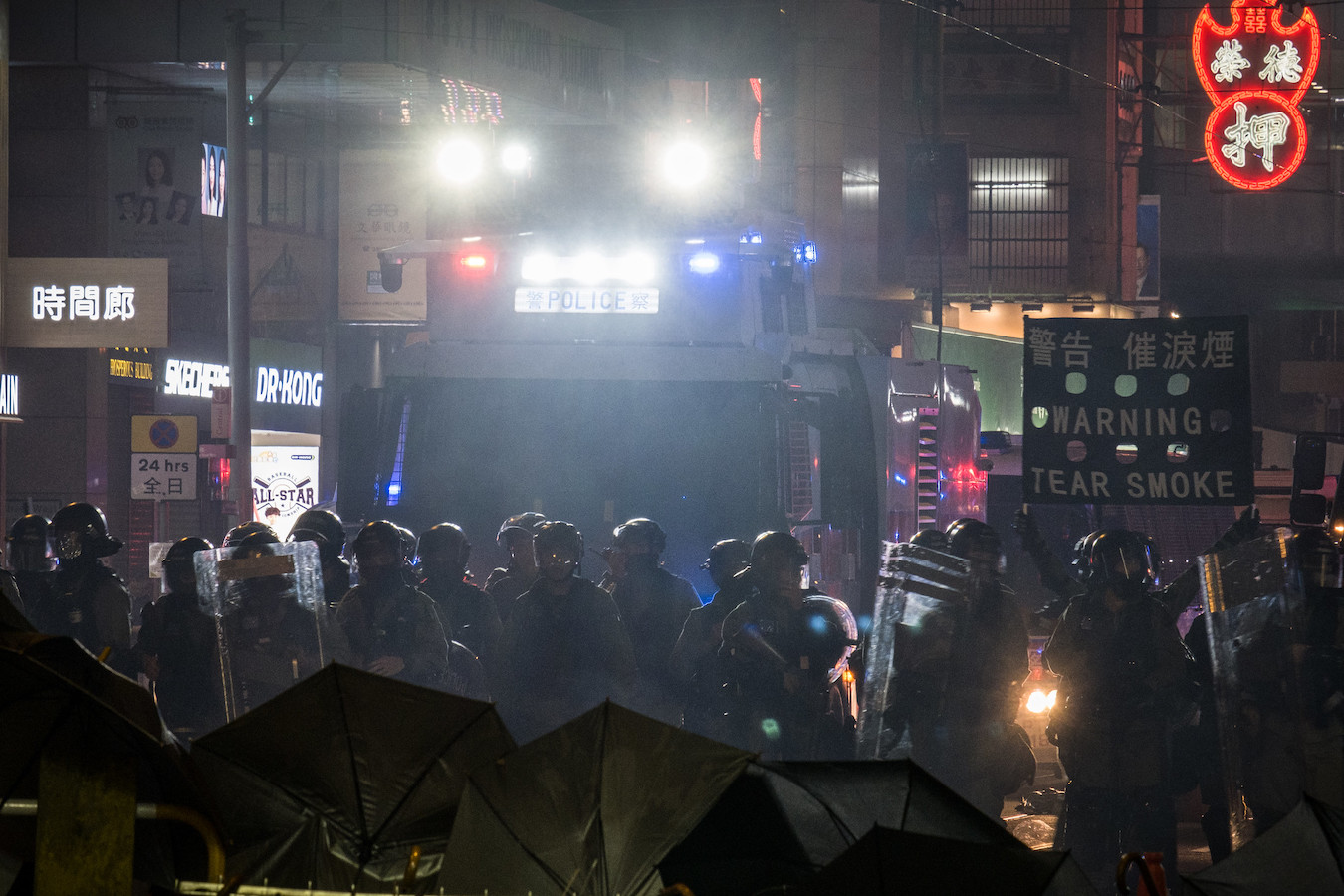by Brian Hioe
語言:
English
Photo Credit: Studio Incendo/Flickr
THE LATEST ONLINE blow-up by authoritarian leftists–commonly referred to as tankies–proves a bizarre one.
Namely, protests have begun to take place across the US in the wake of a Supreme Court ruling banning abortion in many states. The ruling undoes the legal precedent of Roe v. Wade. As such, photos of Hong Kong protest gear began to be shared online, with the suggestion that protesters could employ similar gear.
The response from some tankies, then, was to suggest that Hong Kong protesters required a significantly higher amount of protest gear than usually used by protesters in the US, but that Hong Kong police used less violence than employed in the US.
Indeed, from this, one can observe the apparent paradox of much of tankie thought. Police violence outside of the US is dismissed by individuals otherwise sharply critical of police violence in the US. In fact, as seen in the tankie idealization of the Hong Kong police, the claim is that “socialist” or “communist” police do not commit acts of violence in the same manner as western policing. But with the Hong Kong protests, one simply has to glance at the many videos and images of police violence during the 2019 protests and beyond to observe how the violence of Hong Kong police compares to any western police force, if not responding with more deadly force.
Tankies, of course, more generally are dismissive of the struggles of places outside the western world, with the claim that struggles in the western world are all that matter. This is framed as a result of “being in the belly of the beast.” To this extent, the US is seen as apparently particularly violent in a way that no other place can compare.
Yet protests in non-western world–if they are directed against a regime that tankies idealize–are then seen as the result of being propped up the CIA, NED, or other nefarious western forces. Apparently protests only can be organic if they are against western empires. This more generally reflects the binaristic nature of the tankie worldview.
Consequently, there seems to be little space for transnational solidarity for tankies, between protesters in disparate political contexts but that face down authoritarian governments. Tankies seem to struggle to even note that convergent behavior among police internationally, or how police have largely adopted the same crowd control tactics globally. Such insularity should not surprise.



